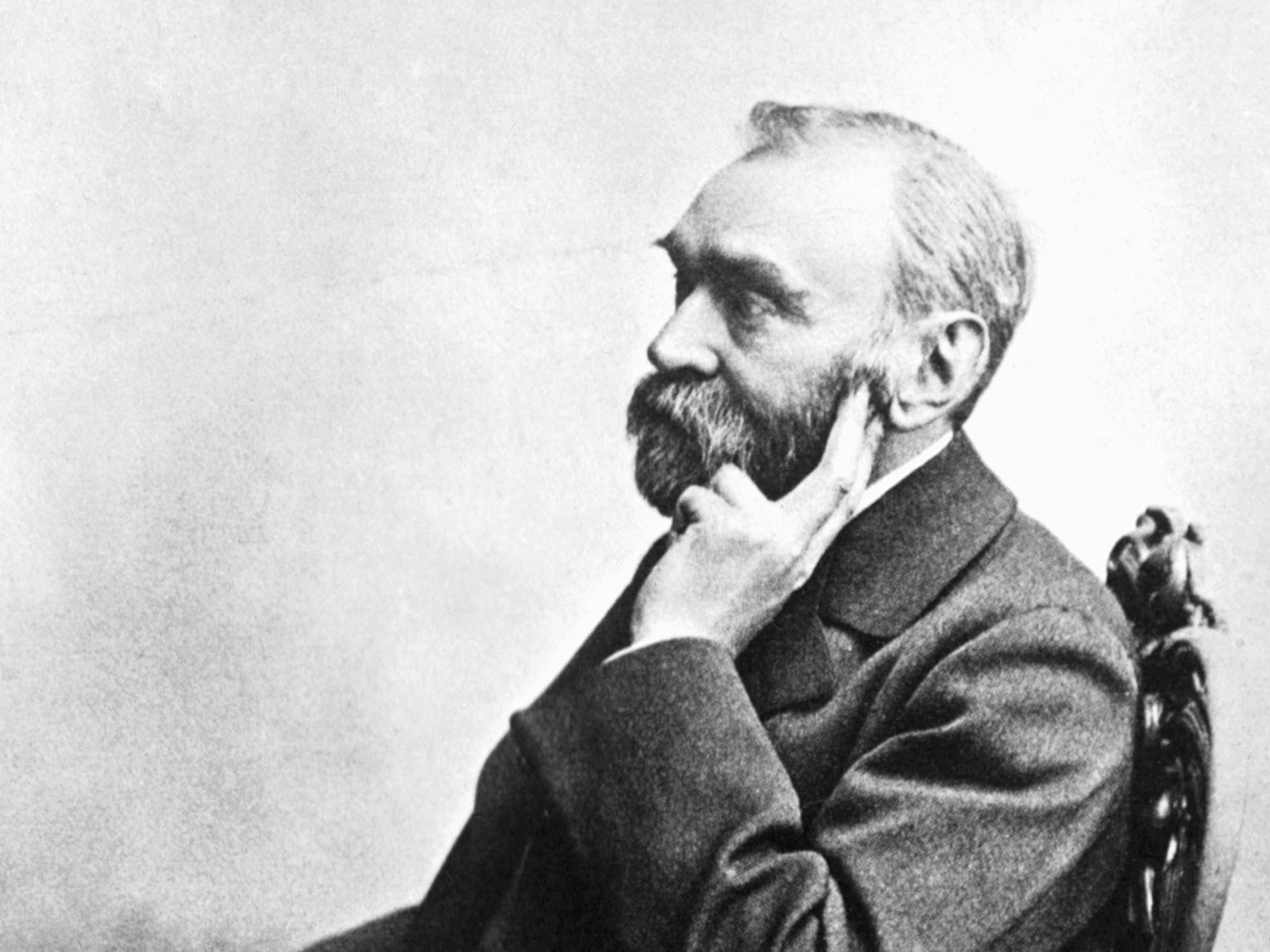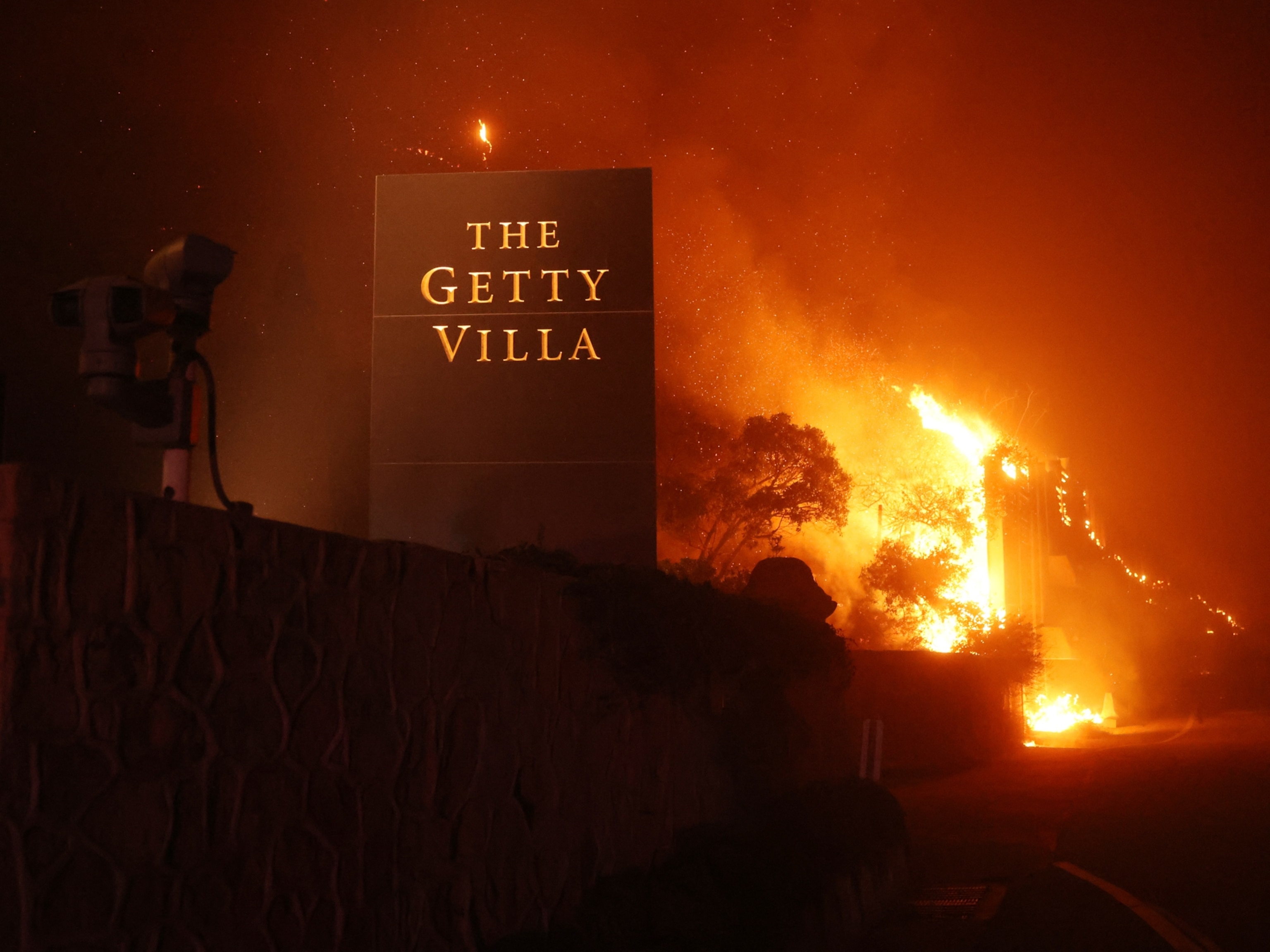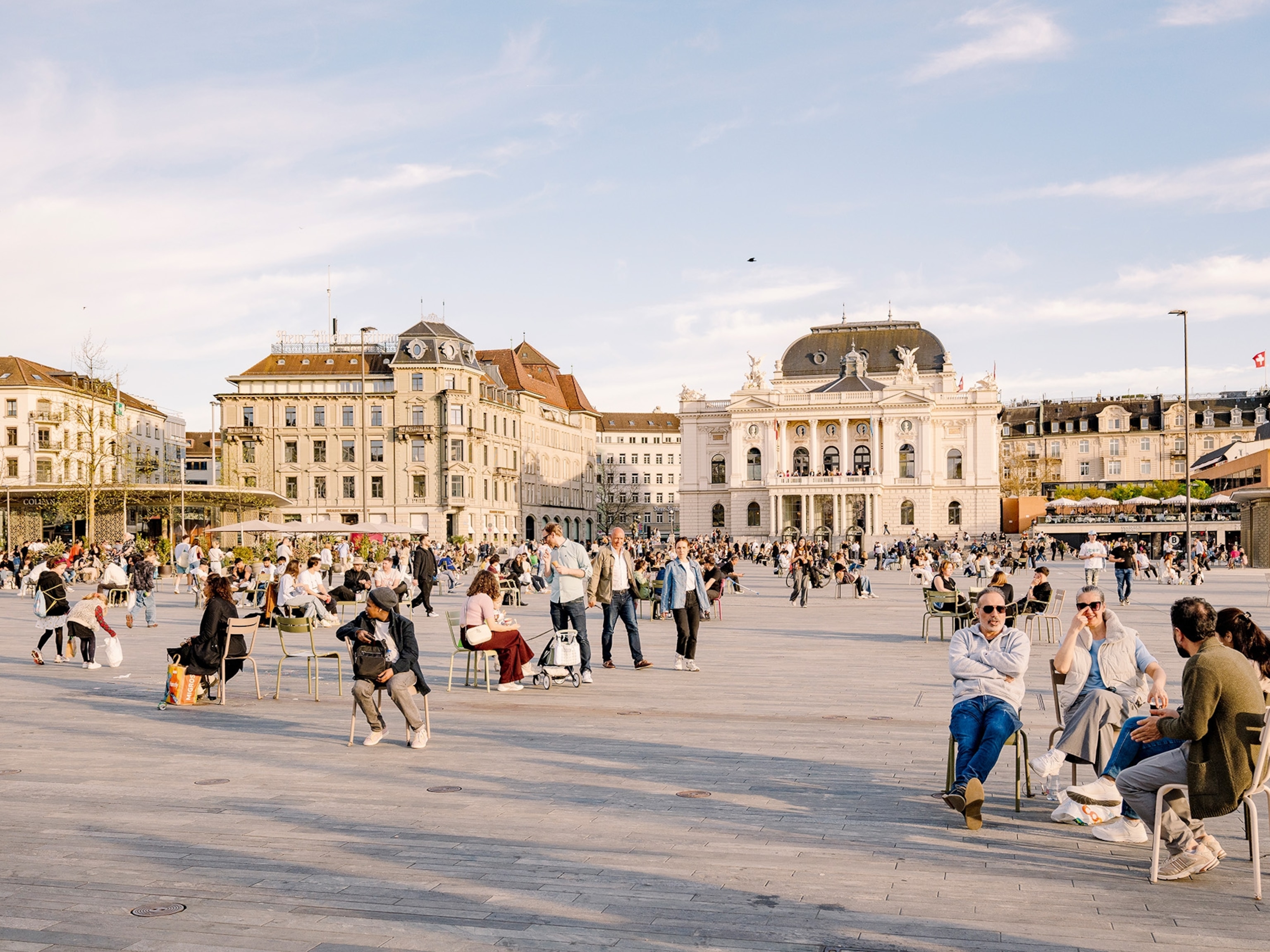Artists Used 5,000 Bottles to Build Brooklyn Bridge Replica
The bottles were also a nod to a larger installation made by National Geographic explorer Asher Jay, drawing attention to conservation issues.
When National Geographic explorer Asher Jay began building her “Message in a Bottle” art installation, she started with 100 plastic water bottles.
The bottles, which were used as part of an effort to raise awareness for World Oceans Day in 2012, were gathered from litter and bottle-collection drives. Jay then covered them with colorful paper that she rounded up from old magazines, mailers, and printouts from her and her neighbors’ recycling bins. She also painted them. Each bottle includes a message from a different individual, many of them connected to environmental protection in some way.
Eventually, her art bottle count reached 365—one for each day of the year. The idea was to inspire people to make change within a single revolution around the sun, Jay says. She also created a soundscape of the messages, which plays when visitors walk through the installation.
“People get to see something that’s been cast away after a single use being upcycled into art,” says Jay, whose work often includes elements of conservation advocacy.
Ian Somerhalder, an actor known for his role in “The Vampire Diaries,” contributed one of the messages in the bottles. His words ask people to consider the similarities between themselves and nature.
“The world is literally one biological process,” he wrote in his message. “The trees are our lungs. Look at the Amazon River system next to a human cardiovascular system, look at corals or trees and look at our lungs, you literally cannot tell the difference. They’re the same. So when we destroy our environment, we’re effectively destroying ourselves.”
Harrison Ford, an actor and a board member of Conservation International, says in his message that humans often take more than their fair share of nature’s resources.
“If nature isn’t kept healthy, humans won’t survive,” Ford wrote. “Simple as that.”
The Dopper Foundation gave a nod to the “Message in a Bottle” project with its replica of the Brooklyn Bridge. The replica, which was built by Burning Man artist Colin Hendee and made of 5,000 single-use plastic water bottles, incorporates 50 hand-painted bottles from Jay, and it is big enough that visitors can walk across it.
“Around the world, nearly one million plastic beverage bottles are sold every minute. That is equivalent to building the Brooklyn Bridge out of single-use plastic bottles, and our Plastic Bridge replica represents the scale of bottles sold in a split second—5,000,” said Merijn Everaarts, founder of the Dopper Foundation. “Building a bridge is a metaphor—if you want to bridge the gap from bad habits to good habits, you need to explain how we can reach goals by making small steps in the right direction."
The goal is to eventually replicate other bridges, like the London Bridge, as the art installation moves to other cities. That way, visitors in each place can walk across something they feel connected to.
The bottle as a medium for art partly appealed to Jay because of its shape, in addition to its conservation message.
“I like the way the bottles curve along an axis,” she says. “Each bottle is like a small sliver of the Earth rotating. Every rotation counts.”





